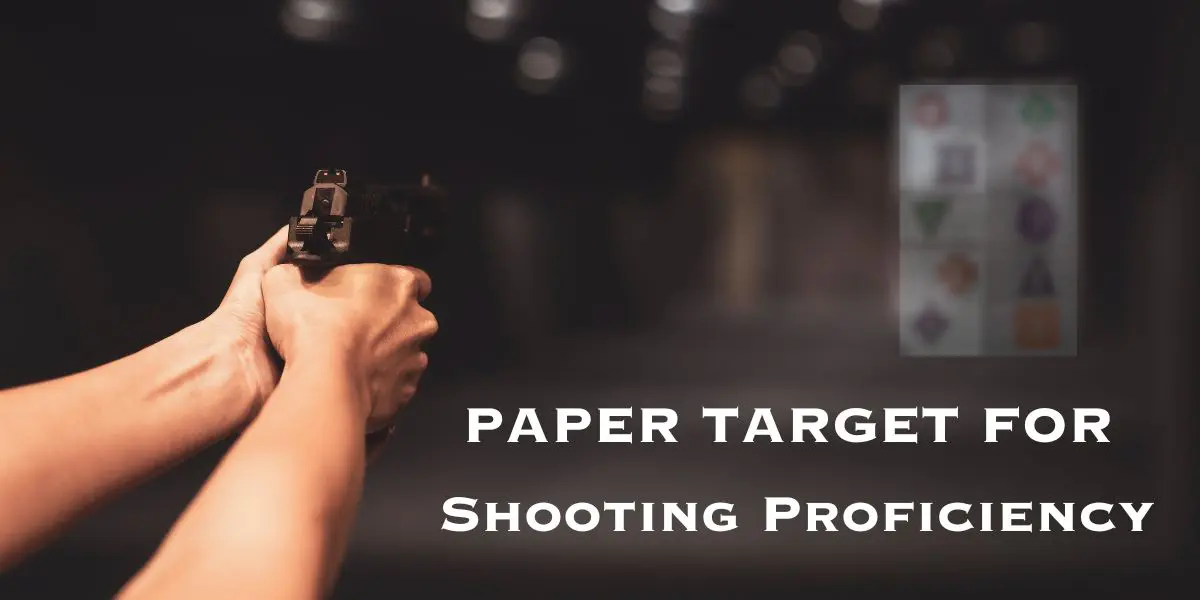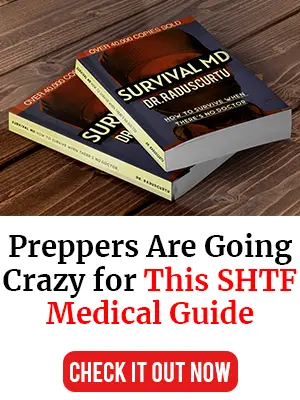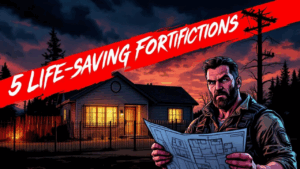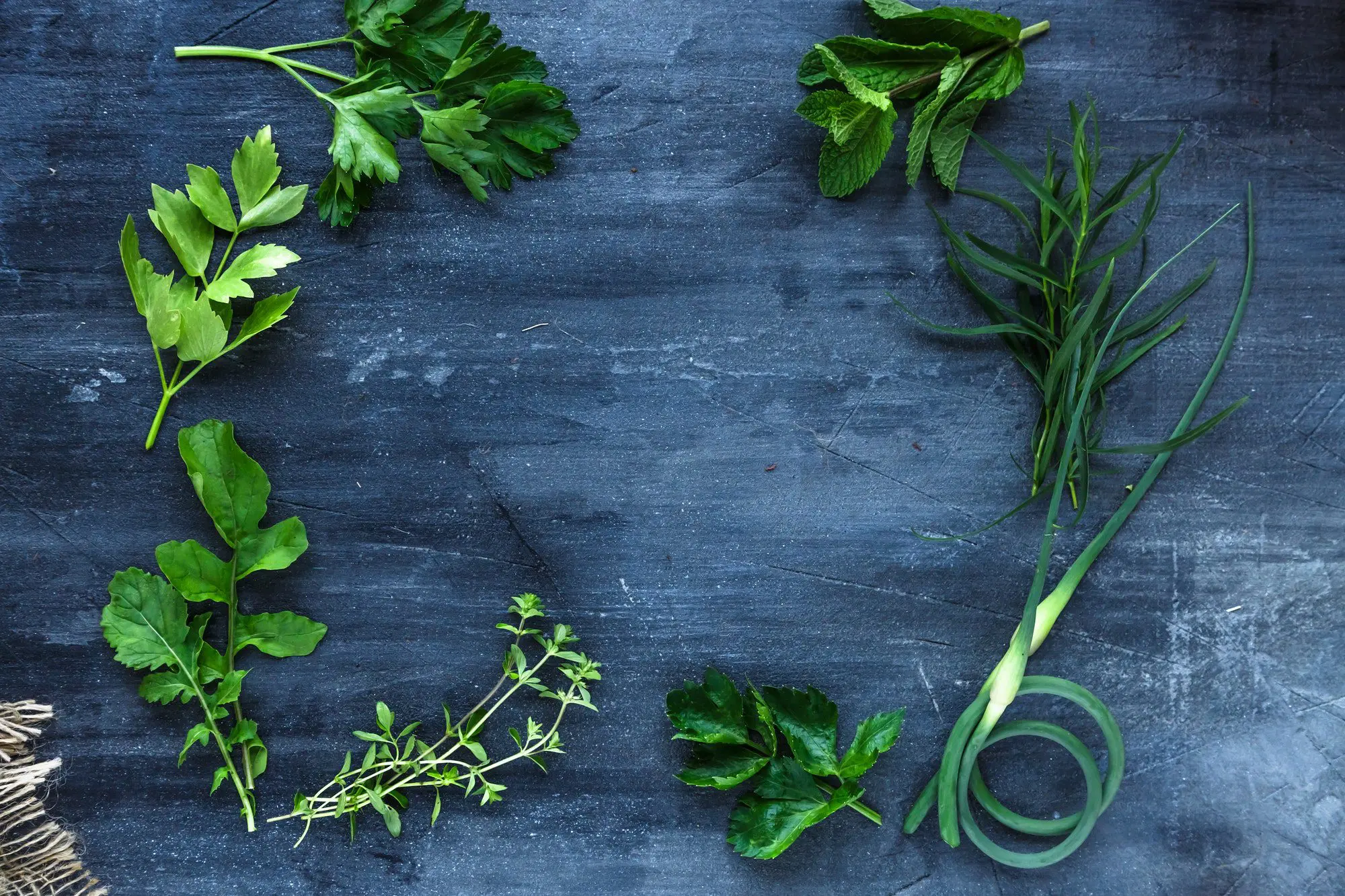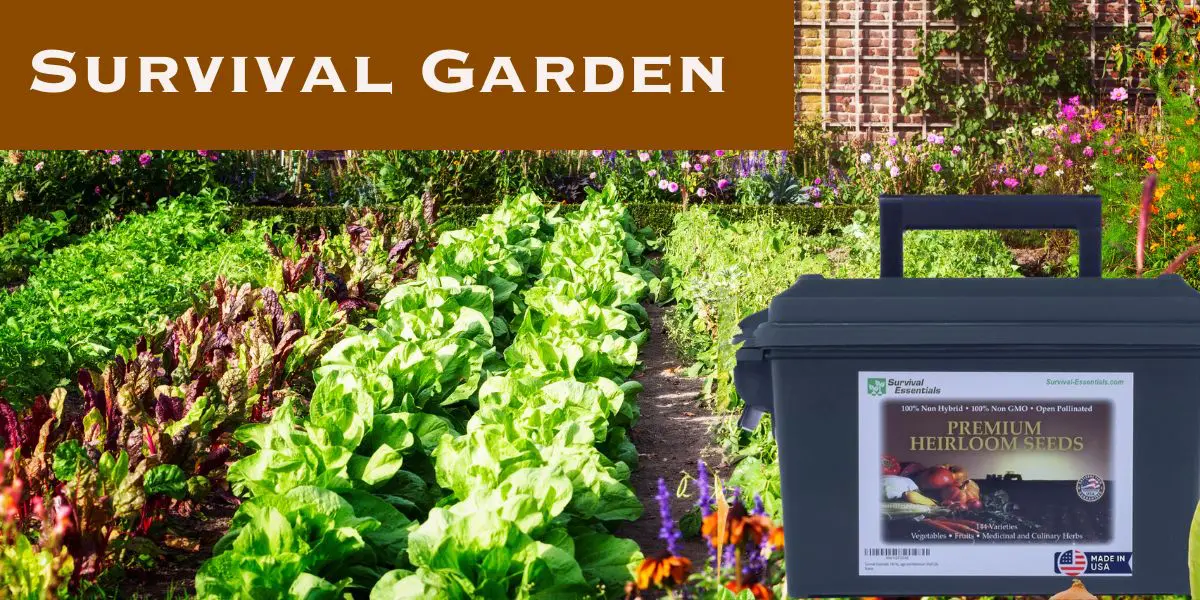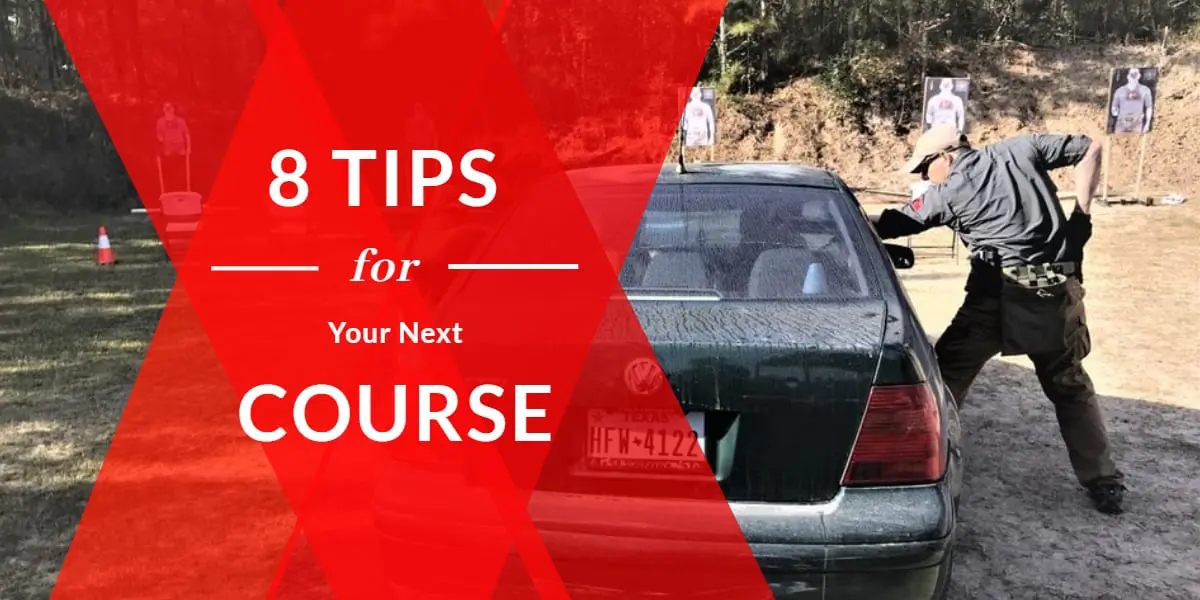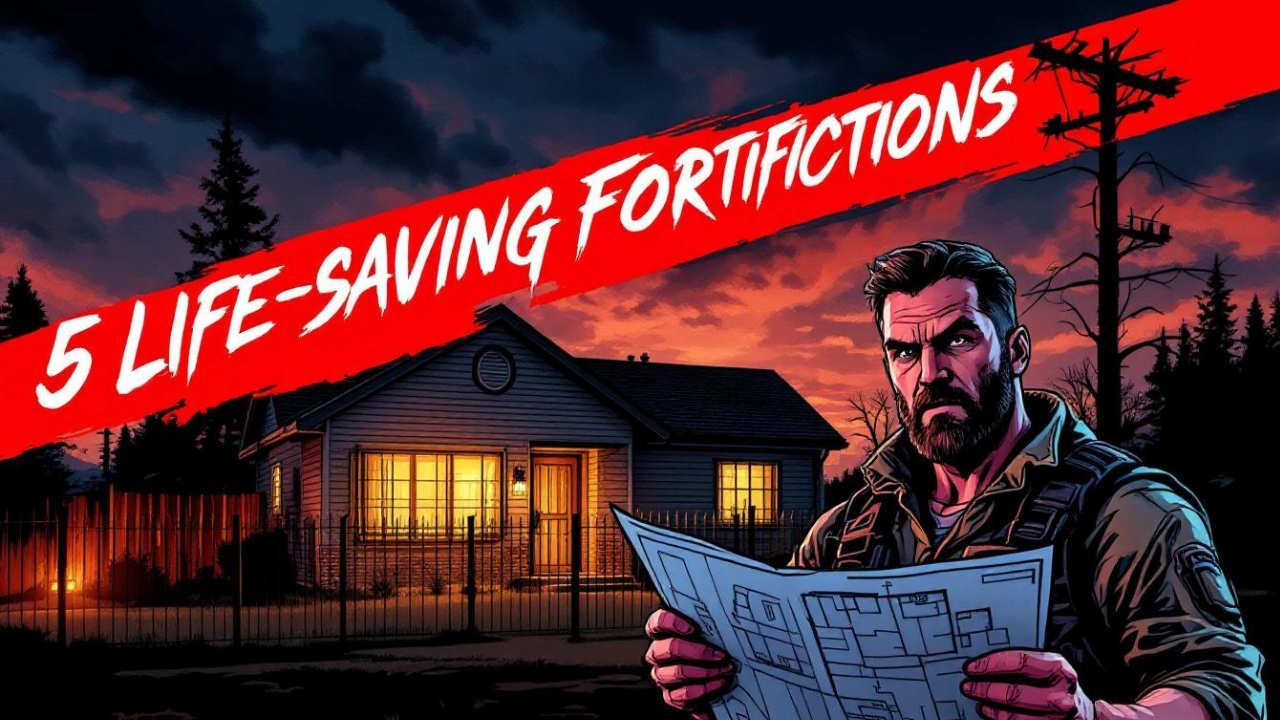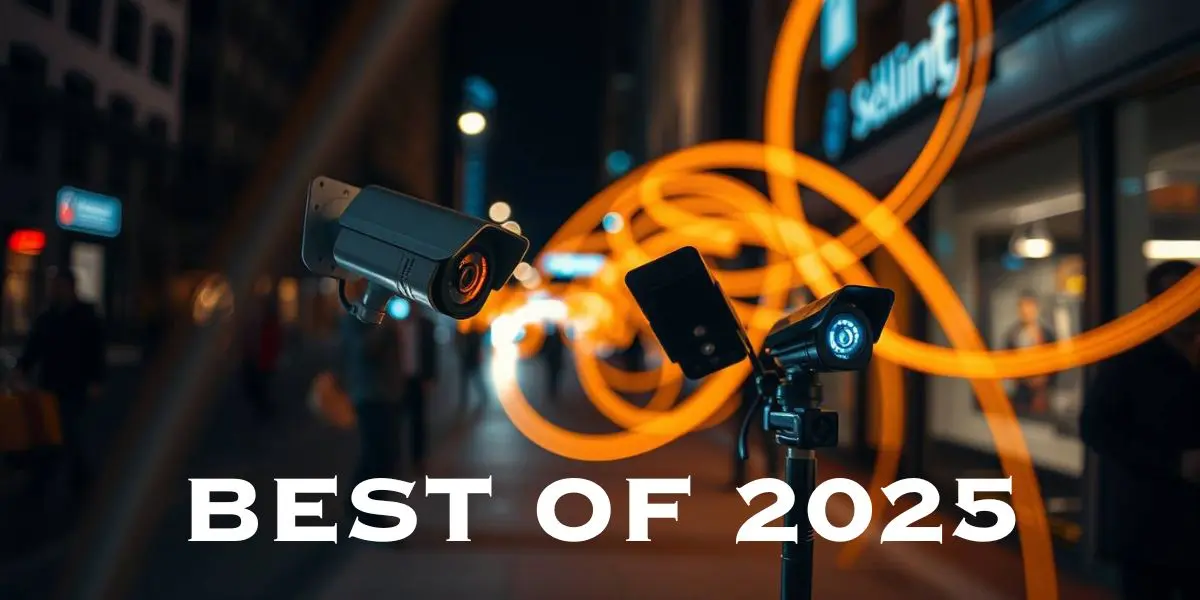“
Introduction
As a seasoned shooter and firearms instructor, I can’t stress enough the importance of firearms proficiency. It’s not just about being able to hit a

One of the very effective tools for improving shooting skills is the humble paper shooting
In this article, I’ll be sharing my insights and experiences to help you get the most out of your
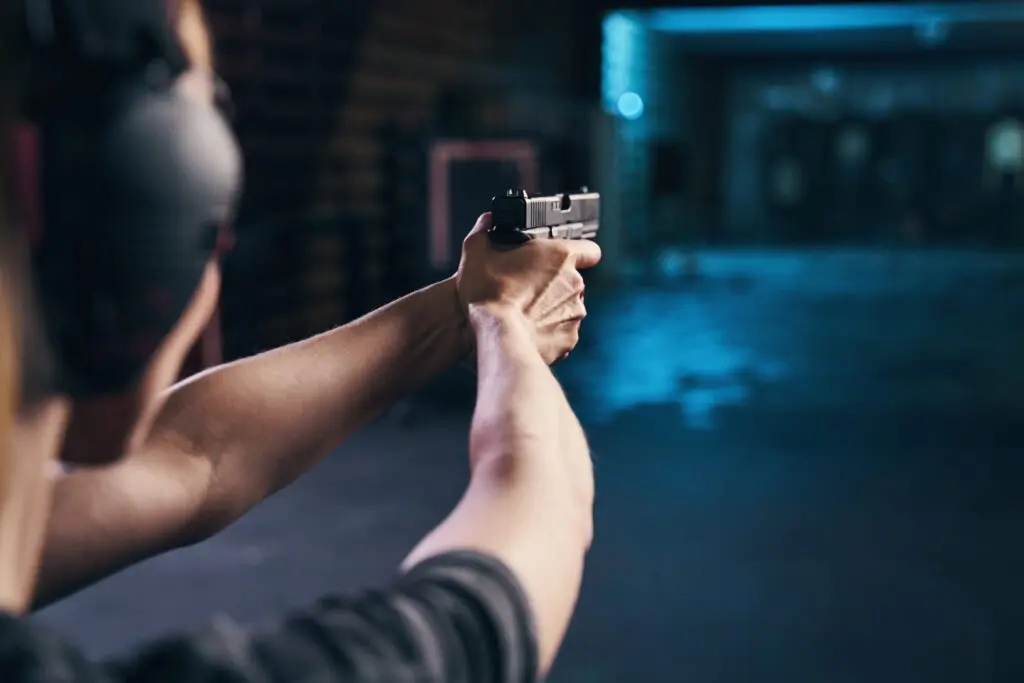
Benefits of Using Paper Shooting Targets
As a shooter, I’ve experienced firsthand the numerous benefits of using paper shooting targets. Let’s delve into some of these advantages.
Enhances Accuracy and Precision
First and foremost, paper shooting targets are instrumental in enhancing accuracy and precision. They provide a clear point of aim, allowing you to focus on hitting the bullseye or specific areas on the
Helps in Developing Proper Shooting Techniques
Another benefit of paper shooting targets is that they aid in developing proper shooting techniques. They allow you to practice various shooting fundamentals such as stance, grip, sight alignment, and trigger control. By repeatedly practicing these techniques on paper targets, you can engrain them into your muscle memory, leading to more consistent and accurate shots.
Provides Instant Feedback on Shot Placement
One of the things I appreciate most about paper shooting targets is the instant feedback they provide. When you fire a shot, you can immediately see where it landed on the
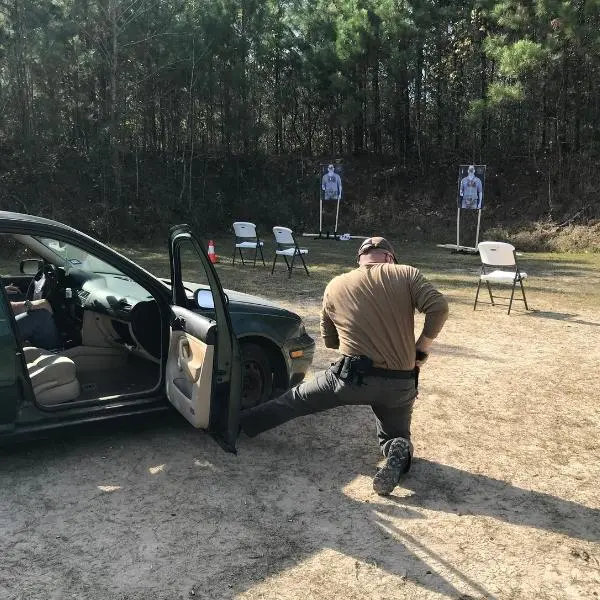
Allows for Realistic Training Scenarios to an extent
Paper shooting targets also allow for realistic training scenarios. With a variety of
Promotes Focus and Concentration
Finally, using paper shooting targets promotes focus and concentration. Aiming at a specific point on the
Types of Paper Shooting Targets
As a shooter, I’ve had the opportunity to use a variety of paper shooting targets. Each type has its unique features and benefits, making them suitable for different training objectives. Let’s take a closer look at some of the most common types.
Bullseye Targets
Bullseye targets are perhaps the most traditional and widely used type of shooting
Silhouette or Threat Targets
Silhouette targets are designed to represent the shape of a potential threat (like our very popular T1 Target), such as a human or animal. They’re often used in law enforcement and military training to simulate real-world scenarios. However, they’re also popular among civilian shooters for self-defense practice. Silhouette targets can help you develop a better understanding of shot placement in a defensive situation. I should note here that although they often depict a threat they can also depict a non threat. MWP is currently in process of releasing a line that include both to allow better scenario style training (shoot/no shoot) via paper targets.
Reactive Targets
Reactive targets are a type of paper
Multiple Target or Command Target Designs
Command

Choosing the Right Paper Shooting Target
Choosing the right paper shooting
Consider Skill Level and Training Goals
Your skill level and training goals should be the primary factors in choosing a
Assess Target Size and Distance
The size of the
Evaluate Target Material and Durability
The material and durability of the
Take into Account Target Design and Features
The design and features of the
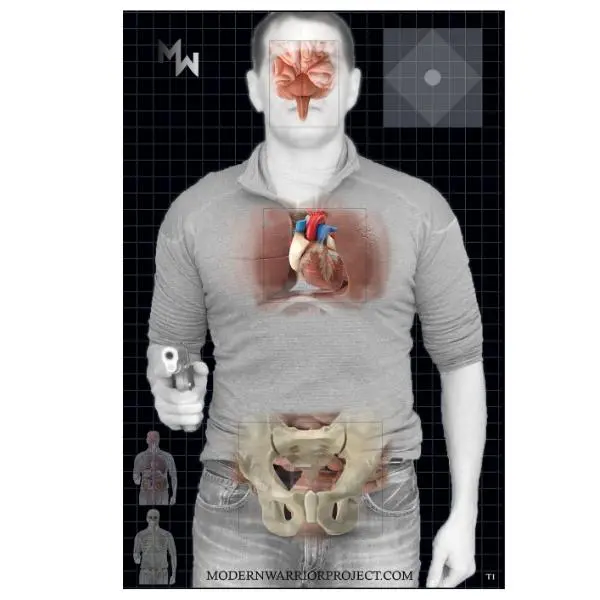
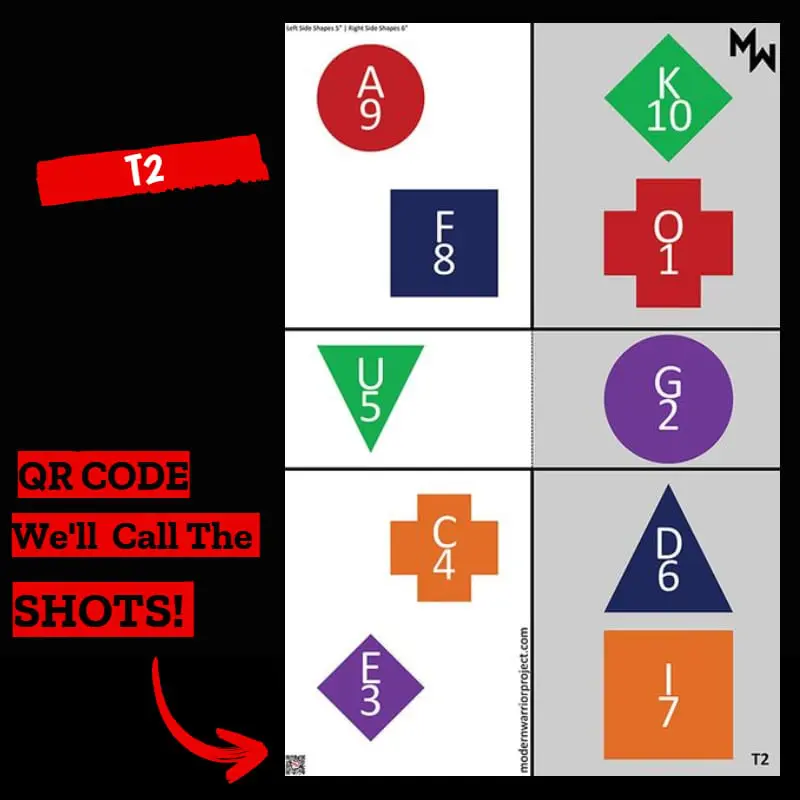
Reasons to Consider the Modern Warrior Project T1 and T2 Targets
If you’re looking for high-quality paper shooting targets, I highly recommend the Modern Warrior Project T1 and T2 Targets. These targets are designed with the shooter in mind, offering a variety of features to enhance your training. We designed them after years of both shooting and instructing experience to specifically address some of the short falls we encountered with existing targets on the market. You can learn more about the T1 Target Here and the T2 Target Here
Tips for Effective Target Practice
Effective
Set Specific Goals and Objectives
Setting specific goals and objectives can give your training direction and purpose. Whether it’s improving your accuracy, increasing your shooting speed, or mastering a new shooting technique, having a clear goal in mind can keep you motivated and focused during your practice sessions rather than simply going to the range and shooting off a bunch of rounds…while that is fun, it’s not the most productive approach.
Practice Proper Shooting Stance and Grip
Proper shooting stance and grip are fundamental to accurate and consistent shooting. I recommend spending time at each practice session working on these basics. Remember, the goal is not just to hit the
Utilize Different Shooting Drills and Exercises
Variety is the spice of life, and the same is true for
Analyze Shot Groupings and Adjust Accordingly
One of the benefits of paper shooting targets is that they allow you to analyze your shot groupings. By examining where your shots are landing, you can gain insights into your shooting technique and make necessary adjustments. For instance, if your shots are consistently landing to the left of the
Maintain Consistency and Regular Practice Routine
Finally, consistency is key when it comes to improving your shooting skills. Regular practice is essential for developing muscle memory and ingraining good shooting habits. I recommend setting a regular practice schedule and sticking to it as much as possible. Remember, it’s not about how much you practice in one session, but about the consistency and quality of your practice over time.

Tracking Progress and Improvement
Tracking your progress and improvement is an essential part of any training regimen, and shooting is no exception. Here are some strategies I use to monitor my progress and identify areas for improvement.
Recording and Analyzing Shooting Sessions
One of the most effective ways to track your progress is by recording and analyzing your shooting sessions. This can be as simple as keeping a shooting journal where you note down details like the date, location, weather conditions, type of
Tracking Accuracy and Precision Over Time
Another important aspect to track is your accuracy and precision. This can be done by measuring your shot groupings and noting down your scores if you’re shooting at scored targets. By tracking these metrics over time, you can get a clear picture of how your shooting skills are improving.
Identifying Areas for Improvement
As you analyze your shooting sessions and track your accuracy, you’ll likely identify areas where you need to improve. This could be anything from your shooting stance and grip to your trigger control and sight alignment. Once you’ve identified these areas, you can focus on them in your future practice sessions.
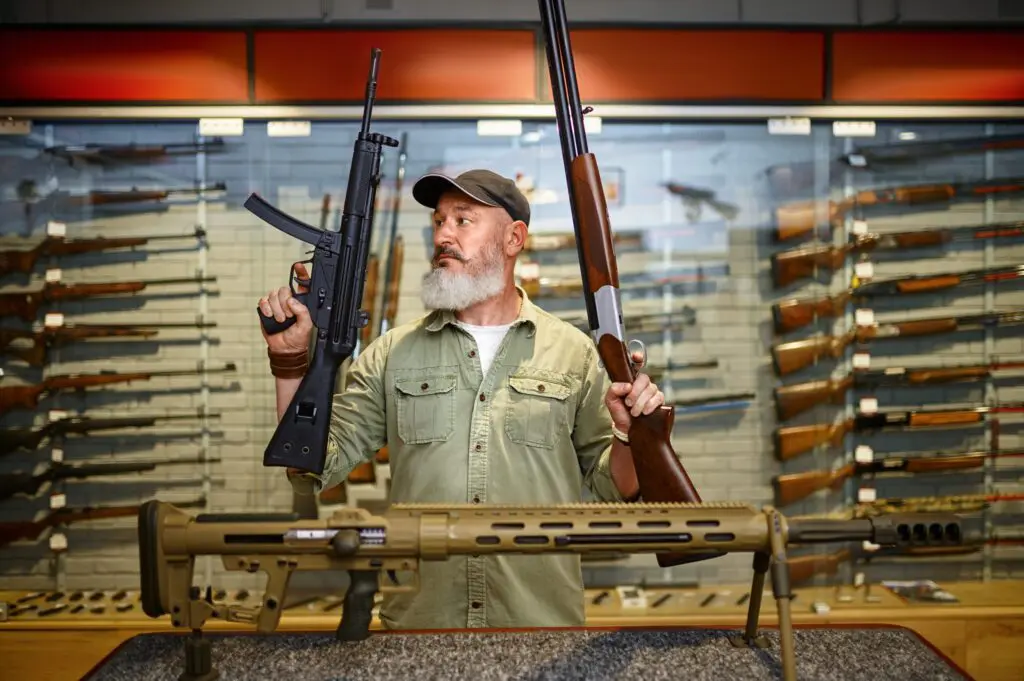
Celebrating Milestones and Achievements
Finally, don’t forget to celebrate your milestones and achievements. Whether it’s hitting the bullseye for the first time, achieving a personal best score, or mastering a new shooting technique, these moments of success are worth celebrating. They not only boost your morale but also serve as a reminder of how far you’ve come in your shooting journey. How do you celebrate? One way would be to share it with us on one of our Social Media platforms, we’d love to celebrate with you. The other (and you can do both) would be with tangible rewards…such as when I accomplish X I’m going to go and purchase Y that I’ve been wanting for awhile.
Safety Precautions and Best Practices
As a shooter, safety should always be your top priority. Here are some safety precautions and best practices that I always adhere to during my shooting sessions.
Always Follow Firearm Safety Rules
The cardinal rule in shooting is to always follow firearm safety rules. This includes treating every firearm as if it’s loaded, never pointing a firearm at anything you don’t intend to shoot, keeping your finger off the trigger until you’re ready to shoot, and always being sure of your
Use a Safe and Appropriate Shooting Environment
It’s crucial to use a safe and appropriate shooting environment. This means shooting at a designated shooting range or a safe, remote location where shooting is legally permitted. Always ensure that there’s a safe backstop to stop your bullets and prevent any potential ricochets.
Wear Proper Protective Gear
Wearing proper protective gear is another essential safety measure. This includes eye protection to shield your eyes from potential debris and ear protection to protect your hearing from the loud noise of gunfire. I also recommend wearing appropriate clothing and footwear for added safety and comfort.
Be Mindful of Target Placement and Surroundings
When setting up your paper shooting targets, be mindful of their placement and your surroundings. Ensure that the targets are at a safe distance and that there are no people, animals, or valuable property in the line of fire. Also, consider the potential for ricochets and ensure that there’s a safe backstop behind the targets.
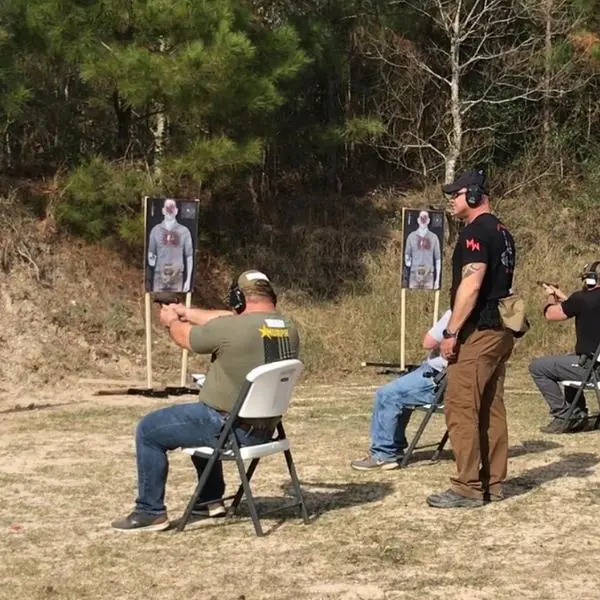
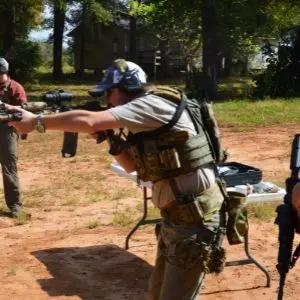
Seek Professional Training and Guidance
Finally, if you’re new to shooting or want to improve your skills, I highly recommend seeking professional training and guidance. A qualified instructor can provide valuable insights, correct any bad habits, and ensure that you’re practicing in a safe and effective manner. Obviously, we’d love to be that choice for you, but there are plenty of great schools and instructors out there. Just make sure and do your research on them before you attend.
Conclusion
As we’ve discussed, paper shooting targets offer numerous benefits for shooters of all skill levels. They enhance accuracy and precision, aid in developing proper shooting techniques, provide instant feedback, allow for realistic training scenarios, and promote focus and concentration. Whether you’re a beginner or an experienced shooter, incorporating
But remember, becoming a proficient shooter is not a one-time event; it’s a continuous process of learning, practicing, and improving. It’s about setting goals, tracking your progress, identifying areas for improvement, and celebrating your achievements. It’s about maintaining a regular practice routine and always striving to be better.
So, I encourage you to embrace the journey, enjoy the process, and never stop learning. Because in shooting, as in life, the pursuit of excellence is a journey, not a destination. Happy shooting!

